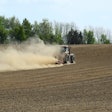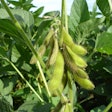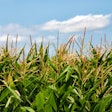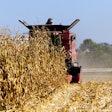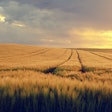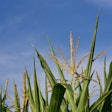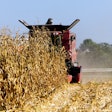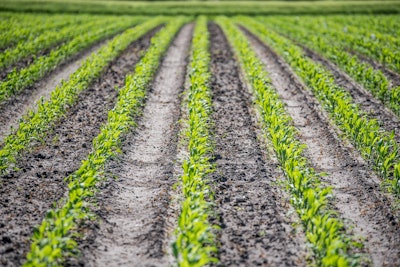
Recent weather patterns have created a tale of two agricultural landscapes across the United States. While farmers in Texas and parts of the Midwest celebrate much-needed rainfall, their counterparts in the Western states, particularly the Pacific Northwest, face worsening drought conditions and mounting challenges.
In Texas, a series of rain events brought substantial precipitation to central and eastern parts of the state, with some areas experiencing localized flooding. This rainfall has led to improvements in drought conditions across much of central Texas, with some regions seeing multiple category improvements.
"The recent rains have been a game-changer for many of our farmers," said John Smith, a Texas-based agricultural extension agent. "We're seeing a marked improvement in soil moisture levels, which is crucial for crop development at this stage."
However, the long-term drought signal persists in portions of southern Texas, where recharge to depleted water systems has been slow, even with the recent rainfall. This highlights the complex nature of drought recovery and its impact on agriculture.
The Midwest also saw significant precipitation, with areas from eastern Nebraska through Illinois receiving above-normal rainfall. This brought much-needed relief to parts of northern Illinois, where abnormally dry to severe drought conditions were improved.
"The timing of this rainfall couldn't have been better for our corn and soybean crops," said Jane Doe, an Illinois farmer. "We were starting to worry about yield potential, but this should help tremendously."
In stark contrast, the Western United States, particularly the Pacific Northwest, continues to face challenging conditions. Temperatures were 4-6 degrees above normal across much of the region, with the greatest departures in Arizona and the Pacific Northwest. This heat, combined with ongoing dryness, has led to widespread degradation of drought conditions.
The situation is particularly dire in the Pacific Northwest. Much of the panhandle of Idaho and central portions of the state saw a full category degradation, while severe and extreme drought expanded over western portions of Montana. Washington and Oregon also experienced expansions of moderate and severe drought.
"We're seeing stressed vegetation and rapidly declining soil moisture levels," said Dr. Mark Johnson, a climatologist at the National Drought Mitigation Center. "This is particularly concerning for rain-fed crops and rangeland in the region."
The agricultural impacts of these drought conditions are significant. Farmers in affected areas are facing increased irrigation demands, potential crop stress, and in some cases, the possibility of reduced yields. Ranchers are also feeling the effects, with poor pasture conditions in many drought-stricken areas.
In western Colorado, severe and extreme drought expanded, while central Wyoming saw an expansion of moderate drought and abnormally dry conditions. Northern Utah experienced an expansion of severe drought, with a new area of extreme drought introduced.
Looking ahead, the 6-10 day outlook shows the greatest likelihood of above-normal temperatures over the Midwest and into the Ozark Plateau. The best chances for above-normal precipitation are expected along the Gulf Coast into Florida and along the northern tier of the country from Washington to the Great Lakes.
As farmers and ranchers navigate these changing conditions, they continue to adapt their practices to the evolving climate challenges. Water conservation, drought-resistant crop varieties, and improved irrigation techniques remain key strategies in managing the ongoing drought impacts on agriculture.
The U.S. Drought Monitor, which provides this crucial data for agricultural planning and drought response, is jointly produced by the National Drought Mitigation Center at the University of Nebraska-Lincoln, the United States Department of Agriculture and the National Oceanic and Atmospheric Administration.









